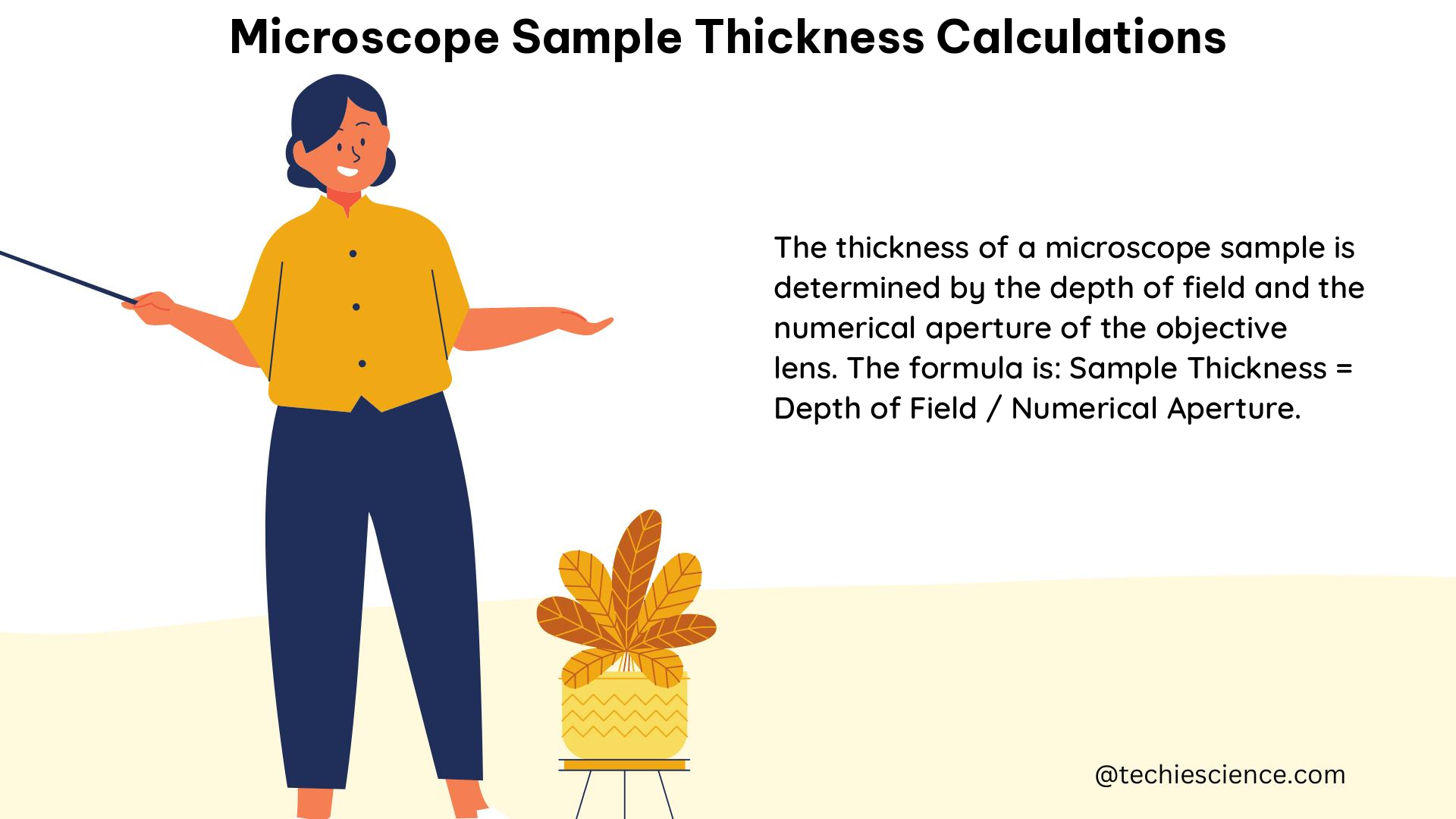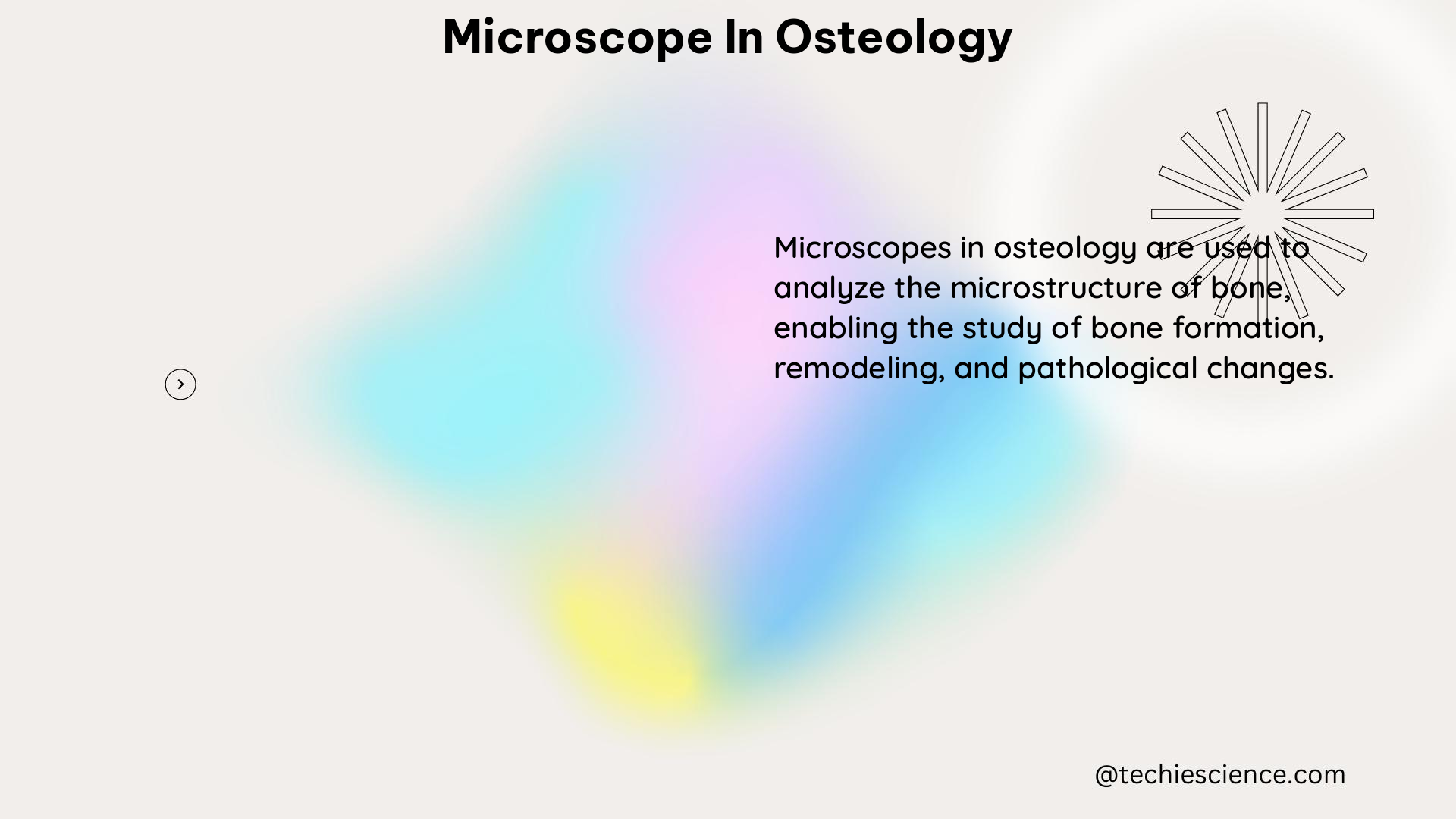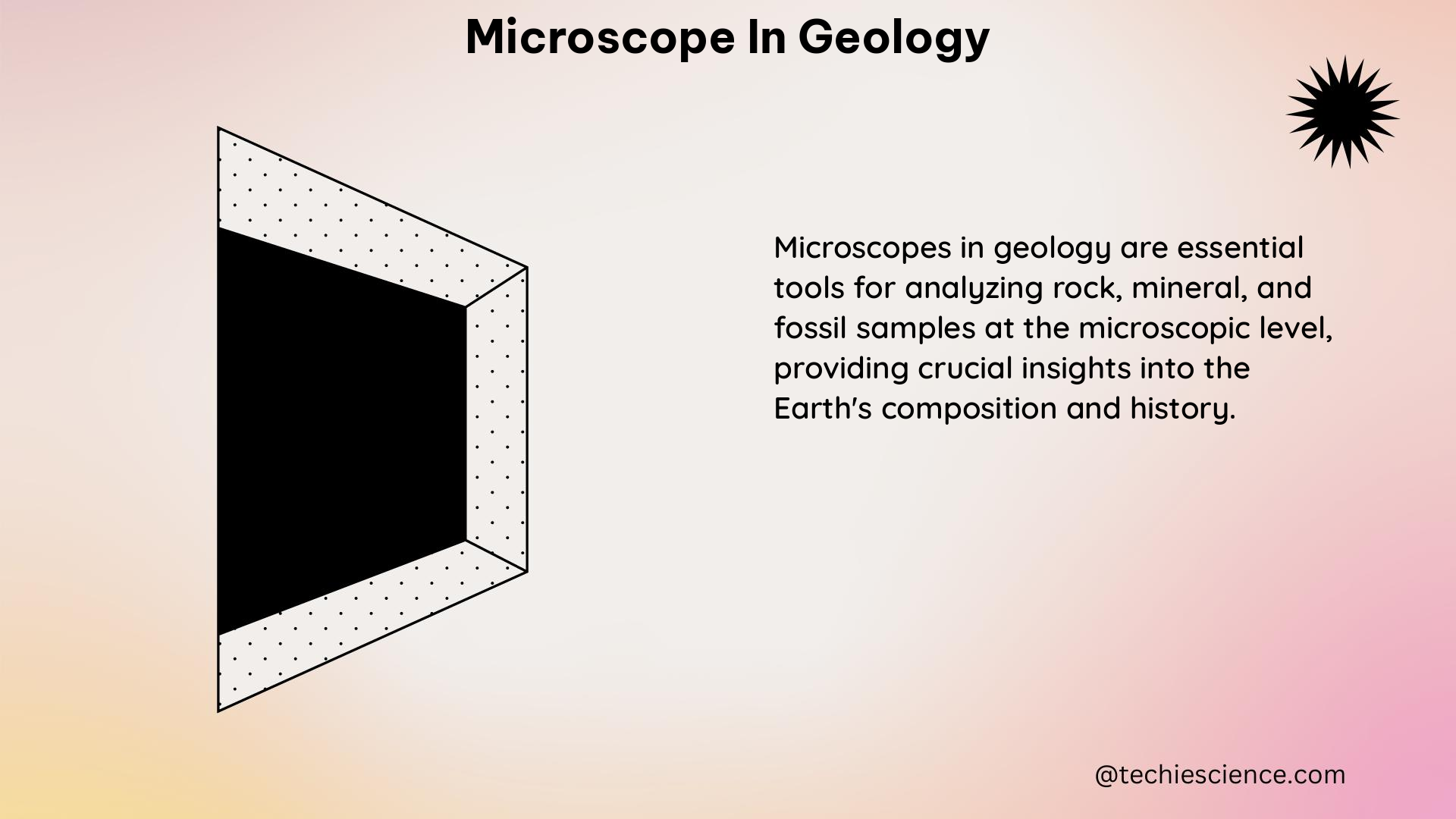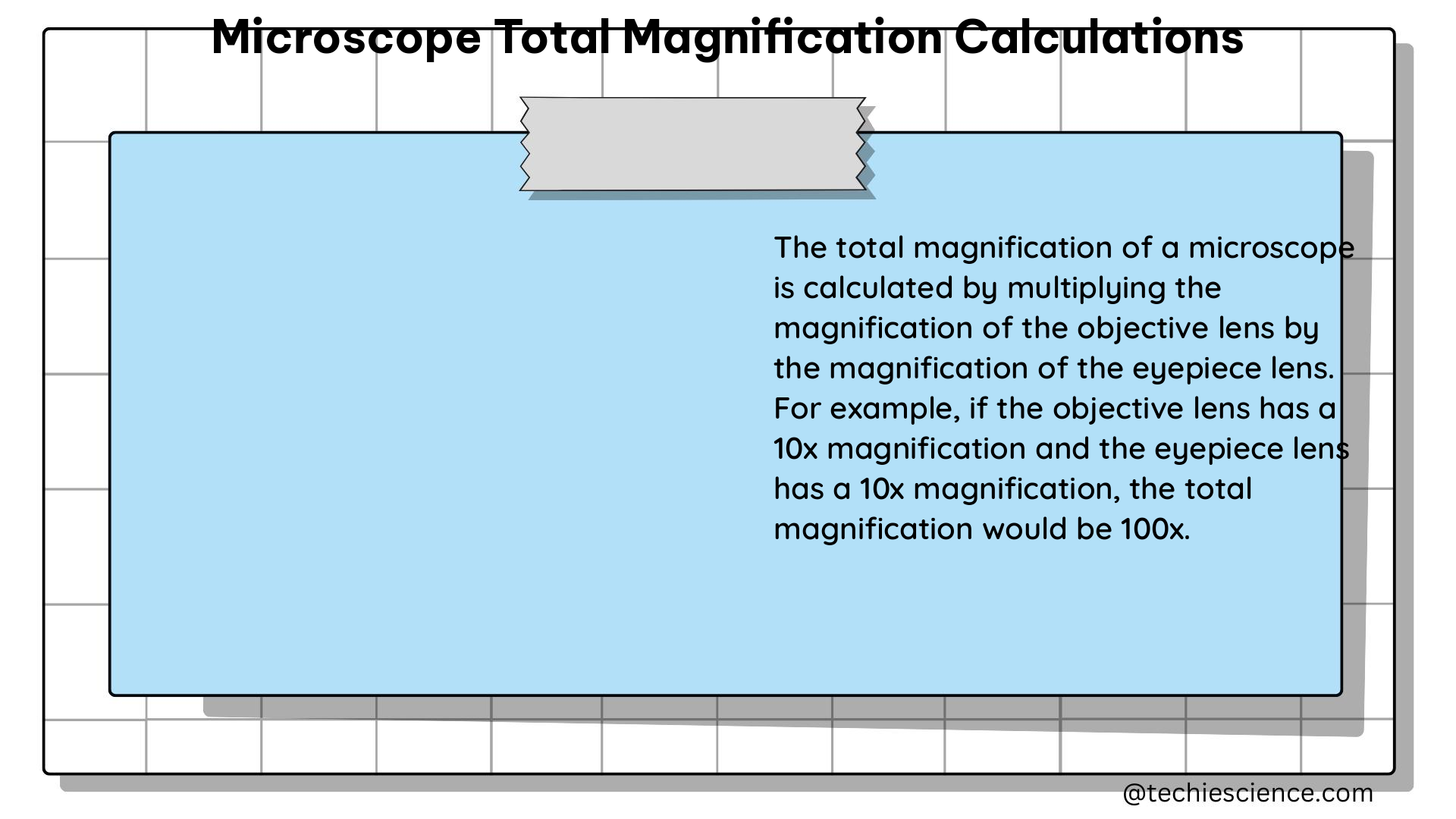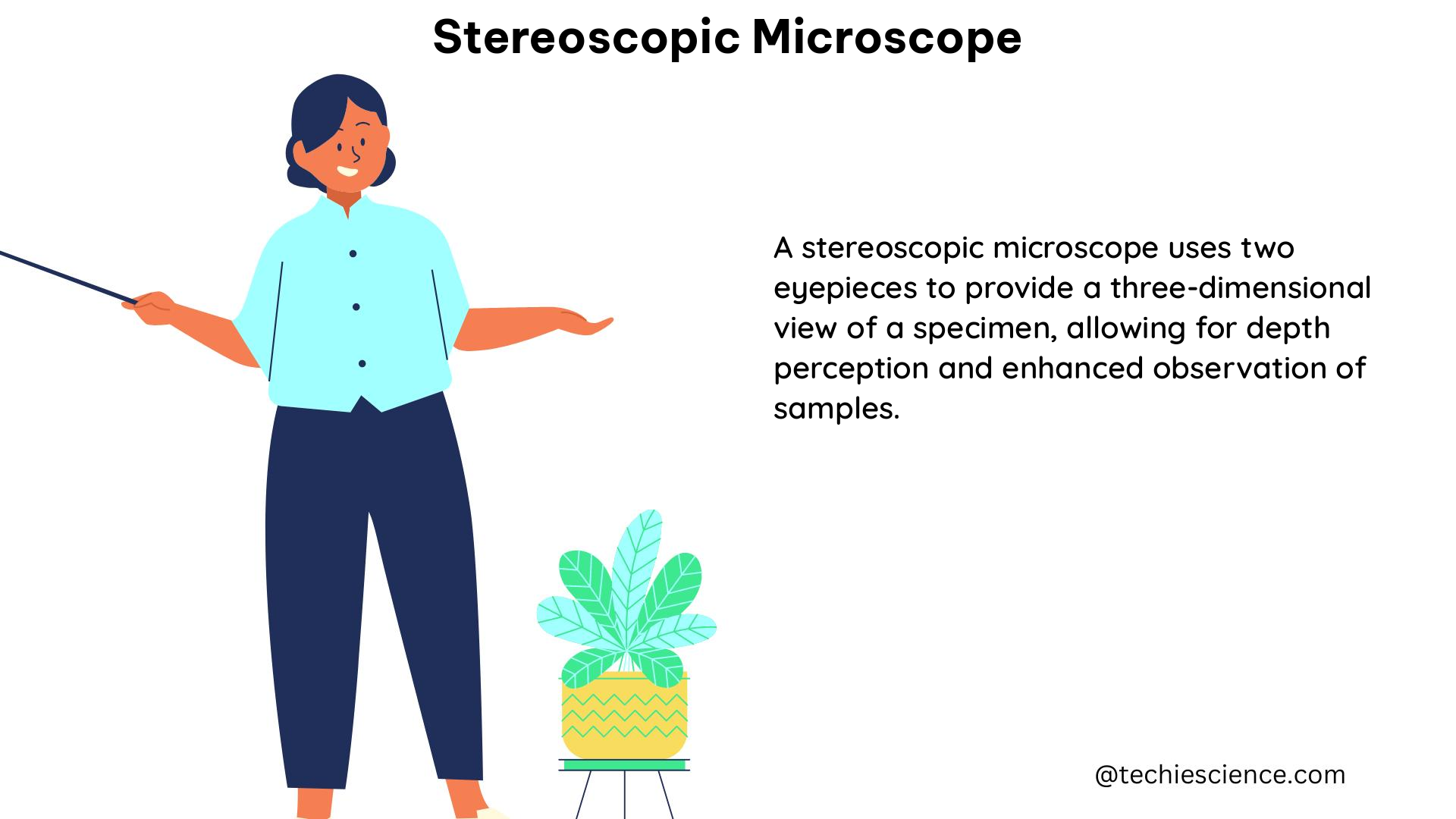Mastering Microscope Magnification Limits: A Comprehensive Guide
Microscope magnification limits are a crucial aspect of understanding the capabilities and limitations of optical microscopy. These limits are determined by various factors, including the numerical aperture (NA) of the objective lens, the wavelength of light used, and the quality of the microscope’s optics. In this comprehensive guide, we will delve into the intricacies of … Read more



